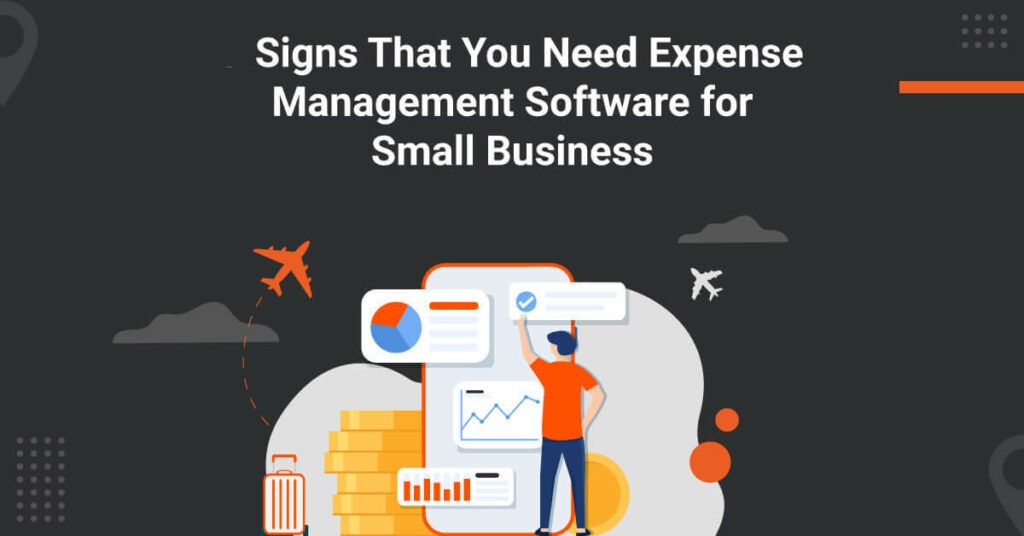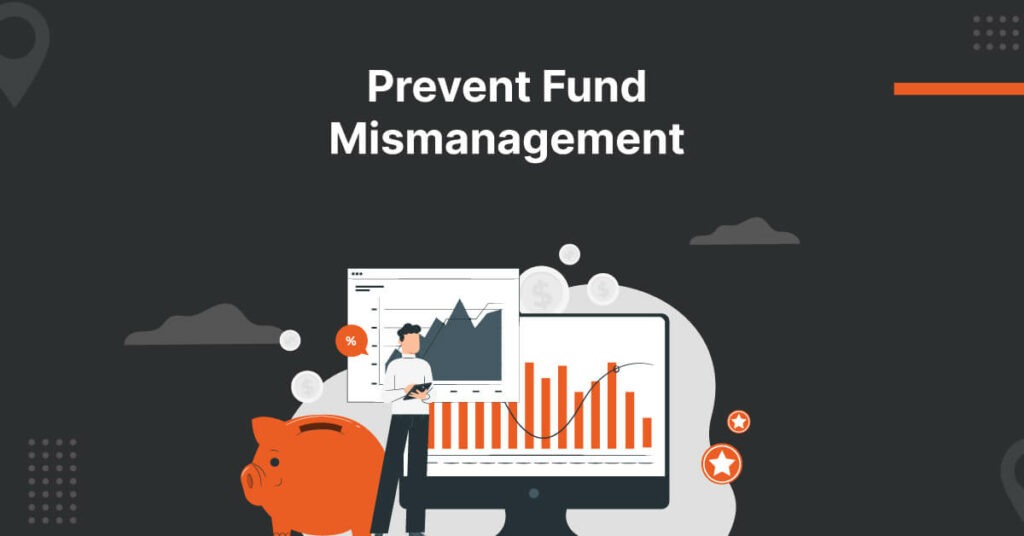
In accounting, it is crucial to accurately reflect a company’s financial position at any given time. Prepaid expenses play an essential role in achieving this goal. Businesses frequently make payments in advance for products or services that will be consumed or delivered at a future date. Therefore, this creates what is known as prepaid expenses.
Prepaid expenses are recorded as assets on the balance sheet because they represent a benefit to be received over time rather than being immediately expensed. In this blog, we’ll help you understand what is prepaid expenses, why they are important, the different types of prepaid expenses, and the critical differences between prepaid and accrued expenses.
We’ll also discuss how businesses can effectively manage them to ensure financial accuracy and compliance.
Prepaid Expenses Explained
Prepaid expenses are payments a business makes in advance for items that will be used in the future. Since these expenses haven’t yet been utilised, they are classified as assets rather than liabilities. Common examples include insurance premiums, rent, subscriptions, and advance payments for inventory.
To understand what is prepaid expenses, it’s essential to recognise the difference between immediate and deferred expenses. When a business incurs an immediate cost, it is recorded as an expense. However, when a payment is made in advance, the company can only recognise it as an expense once the related benefit is realised.
This is why prepaid expenses are initially recorded as assets on the balance sheet and only expensed when the benefit is received.
For example, a business might pay 1 lakh rupees upfront for a one-year insurance policy. Instead of recording the entire amount as an expense right away, the company will list it as a prepaid expense and expense it over 12 months at a rate of ₹83,100 per month.
Importance of Prepaid Expenses
Now that we know what is prepaid expenses, let’s explore their importance. Prepaid expenses are critical to accurate financial reporting and integral to the accrual accounting method. The accrual method requires that costs and revenues are matched to the period in which they are incurred or earned rather than when the cash changes hands. This allows companies to better match their expenses with the periods in which they generate revenue.
Some reasons why prepaid expenses are essential include:
- Accurate Financial Reporting : Prepaid expenses help businesses avoid overstating their expenses and understating their assets. By deferring the recognition of costs, companies can align their financial statements with the periods in which the expenses genuinely belong.
- Improved Cash Flow Management : When a company pays for services in advance, it may help them take advantage of discounts, better manage their cash flow, or lock in favorable rates.
- Budget Forecasting : By knowing how much of an expense is prepaid and how much remains, businesses can more effectively plan for future cash outlays.
- Compliance with Accounting Standards : Depending on the company’s location, recording prepaid expenses ensures compliance with generally accepted accounting principles (GAAP) or international financial reporting standards (IFRS).
What are the Types of Prepaid Expenses?
There are several everyday prepaid expenses. Understanding what is prepaid expenses is essential for ensuring proper financial management. These expenses fall into different categories depending on the nature of the prepayment:
- Prepaid Insurance : Businesses often pay insurance premiums upfront, which may cover several months or even a year. These advance payments are recorded as prepaid expenses, and the insurance costs are gradually recognised as expenses over time.
- Prepaid Rent : Many companies pay rent monthly, quarterly, or yearly, often in advance. For instance, if a business pays six months of rent upfront, the amount is recorded as a prepaid expense and expensed each month as the rent period elapses.
- Prepaid Subscriptions : Businesses often subscribe to services like software platforms, industry journals, or other professional services that require upfront payments for a set period. These subscriptions are recorded as prepaid expenses and expensed proportionally over the subscription period.
- Prepaid Taxes : Some companies prepay taxes, such as property taxes or other regulatory fees, that may span multiple periods. These taxes are recorded as prepaid expenses and charged as expenses when the corresponding period arrives.
- Prepaid Advertising : Companies often pay in advance for advertising campaigns, especially for long-term commitments. This payment is recognised as a prepaid expense and is gradually expensed as the campaign runs. Understanding prepaid expense account types helps businesses better organise and manage their financial obligations while ensuring compliance with accounting standards.
Difference Between Prepaid Expenses and Accrued Expenses
Prepaid expenses and accrued expenses are two different concepts in accounting that must be carefully distinguished to ensure financial accuracy. Let us see the major differences between what is prepaid expenses and accrued expenses:
1. Prepaid Expenses
As mentioned earlier, prepaid expenses represent payments made in advance for goods or services that will be used in the future. These expenses are considered assets initially, as the benefit has yet to be realised.
2. Accrued Expenses
Accrued expenses refer to costs that have been incurred but have not been paid. These are liabilities because the company owes a payment for services already received. Examples include wages, utilities, and interest expenses that accumulate over time.
The critical difference lies in the timing of cash outlay and expense recognition. Prepaid expenses involve a cash payment upfront, but the expense is recognised later. In contrast, costs accrued involve recognising an expense before the cash is paid.
For instance, a business that pays for a one-year software subscription in advance records it as a prepaid expense. On the other hand, if the company uses electricity for a month but hasn’t received the utility bill. Yet the cost will accrue in that month despite not having made a payment.
Understanding the difference between prepaid and accrued expenses is vital for financial reporting. It affects how a company reports its cash flow, expenses, and financial obligations.
Suggested to Read: What is the difference between cost accounting and financial accounting
Best Practices for Managing Prepaid Expenses
Effectively managing prepaid expenses is essential for maintaining the accuracy of a company’s financial records. Here are some best practices for managing prepaid expenses:
1. Maintain Detailed Records
It’s crucial to maintain detailed records of each prepaid expense. This includes
-the amount paid
-the date of payment
-the duration of the prepaid service or product,
-the date of the cost.
Proper documentation helps avoid confusion or discrepancies in the prepaid expense account type process.
2. Use Accounting Software
Accounting software can automate the tracking and recording of prepaid expenses. Software solutions can schedule expense recognition, set up recurring entries, and generate detailed reports. This reduces the risk of human error and ensures that expenses are recorded in the correct periods.
3. Regular Reconciliation
Prepaid expenses should be regularly reconciled with the actual expenses incurred. Reconciliation helps ensure that the prepaid amounts are accurately reflected on the balance sheet and that expenses are recognised in the right period.
4. Monitor Expiry Dates
Prepaid expenses, such as insurance policies or subscriptions, often come with expiry dates. Monitoring these dates is essential to avoid paying for services that are no longer required or missing deadlines for important services.
5. Align Prepaid Expenses with Budgeting
Prepaid expenses should be factored into the company’s budget planning. Knowing when prepaid expenses will turn into actual costs helps in accurate cash flow forecasting and financial planning.
6. Establish Clear Policies
Companies should establish clear policies for handling prepaid expense account types. This includes guidelines on the approval process for advance payments, documentation requirements, and reporting timelines. Having a standardised approach ensures consistency in financial reporting.
7. Set Up Prepaid Expense Accounts
Set up specific prepaid expense account types in the general ledger to easily track and manage different categories of prepaid expenses. This also ensures that the financial statements reflect the correct asset balances.
8. Review Prepaid Expenses Periodically
Periodic reviews of prepaid expenses can help identify any unnecessary or redundant payments. This allows businesses to cancel unneeded services or renegotiate terms before making future payments.
Understanding Prepaid Expenses is Crucial
Understanding what is prepaid expenses and how they impact financial reporting is essential for maintaining an accurate picture of a company’s financial health. By recognising the importance of prepaid costs, distinguishing between prepaid and accrued expenses, and implementing best management practices, businesses can improve their financial accuracy and remain compliant with accounting standards.
















